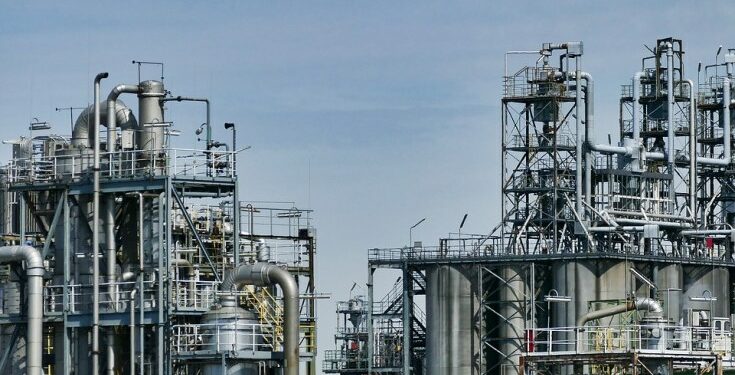Angola has now emerged the topmost crude oil producer in Africa, upstaging Nigeria as the latter’s output level hits a new low. The direct communication data in the April 2023 monthly oil market report (MOMR) of the Organization of Petroleum Exporting Countries (OPEC) shows that Angola recorded 1.06 million barrels per day (mbpd) crude production in April 2023.
Read More: Rwanda Registers Record-High Growth in Women-Owned Businesses
Despite initial optimism, Nigeria’s oil output dropped 23 per cent, month-on-month, MoM, to 999,999 barrels per day, bpd, in April 2023, from 1.3 million bpd in the preceding month of March 2023.
Also, on year-on-year, YoY, Nigeria’s output level indicated a drop of 16.7 per cent to 999,999 bpd in April 2023, from 1.2 million bpd recorded in the corresponding period of 2022.
After a steady decline to about 1.1 mbpd in the second half of 2022, due majorly, to oil theft, Nigeria’s oil output began to recover after a nationwide outcry in the fourth quarter of 2022 hovering at 1.3 million bpd in the first quarter of 2023.
Read More: Zimbabwe introduces digital currency backed by gold
At less than 1.0mbpd, this is the lowest production rate Nigeria has recorded in the year 2023 while Angola’s output shows steady increases.
The OPEC figure is close to that of the Nigerian Upstream Petroleum Regulatory Commission (NUPRC), the regulatory authority in Nigeria’s petroleum industry, which shows that Nigeria produced 998,602 barrels per day during the period.
The OPEC report further stated that total OPEC-13 crude oil production averaged 28.60 million barrels per day in April 2023, lower by 191,000 barrels per day, month-on-month. Overall, the report showed that crude oil output increased mainly in Saudi Arabia, Angola and Iran, while production in Iraq and Nigeria declined.
Read More: Zimbabwe: Discovery of a hydrocarbon deposit
OPEC noted in the MOMR that Nigeria’s economy faced challenges in gaining momentum in the first quarter of 2023, with business activity and consumer spending remaining subdued, in addition to high input-cost inflation and lower employment levels compared with 2022.









